 Philip Beaudette reviewed the Bryston B1353 on this site on May 15 and concluded that this amp, aka B135 Cubed, “is the best integrated amplifier yet from the venerable Canadian firm.” Philip’s words carry weight because he’s the owner of the B1353’s predecessor, the B135 SST2, aka B135 SST Squared, and before that he owned the B100 SST, which the B135 SST2 replaced. The B135 SST2 earned a Recommended Reference Component award in February 2014.
Philip Beaudette reviewed the Bryston B1353 on this site on May 15 and concluded that this amp, aka B135 Cubed, “is the best integrated amplifier yet from the venerable Canadian firm.” Philip’s words carry weight because he’s the owner of the B1353’s predecessor, the B135 SST2, aka B135 SST Squared, and before that he owned the B100 SST, which the B135 SST2 replaced. The B135 SST2 earned a Recommended Reference Component award in February 2014.
The B1353, in the base configuration that Philip reviewed, is priced at $6695 (all prices in USD) and rated to deliver 135Wpc into 8 ohms or 180Wpc into 4 ohms, though, as Philip stated in his review, these specs can be considered “conservative.” Our own measurements of the B1353 showed that it could deliver 159Wpc into 8 ohms or 250Wpc into 4 ohms before exceeding 1% total harmonic distortion. Included in the base price is Bryston’s BR-4 remote, which also operates other Bryston products, and Bryston’s exceptionally long, 20-year warranty, which the company applies to all of its analog electronics. Additional options for B1353 include DAC and phono-stage boards at $750 each, which would bring the price up to $8195 if both were installed.
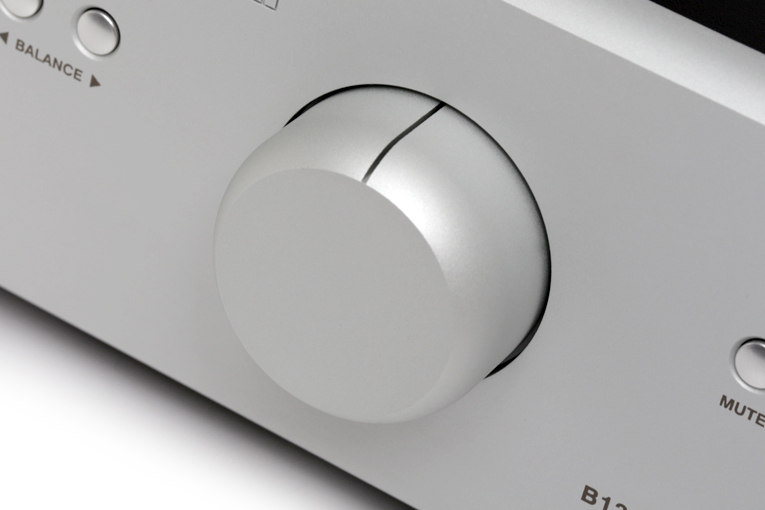
The B1353 combines Bryston’s BP-17 preamplifier (discontinued; $3895 when available) and 2.5B3 power amplifier ($4295) on a single chassis, all in one case. Bryston claims that there’s no difference in sound quality between the B1353 and the BP-17 plus 2.5B3.
Philip’s review explained how amplifiers in Bryston’s Cubed series differ from those in the earlier Squared series: “This newest generation of Bryston amps features a patented input stage developed by the late Dr. Ioan Alexandru Salomie. Employing an array of 12 active devices for the first 6dB of gain, it acts as a highly linear input buffer that removes audio and radio-frequency noise, especially from the power line. Bryston claims that this reduces distortion to less than 0.001%, the lowest of any product they’ve made.”
The B1353 uses single-ended (RCA) connections for all incoming and outgoing line-level signals—there are no balanced (XLR) connectors. On its backside, the B1353 has six sets of line-level inputs, a set of preamplifier outputs, a set of power amplifier inputs, Record Out and Record In connectors for a recording loop, two pairs of speaker binding posts, an IEC-compatible power-cord inlet, and 12V-trigger and RS-232 connectors. The front panel has a volume control that operates in 0.5dB steps, a 1/4″ headphone jack, an infrared sensor, and pushbuttons for input selection, balance adjustment, muting, and manually powering on.
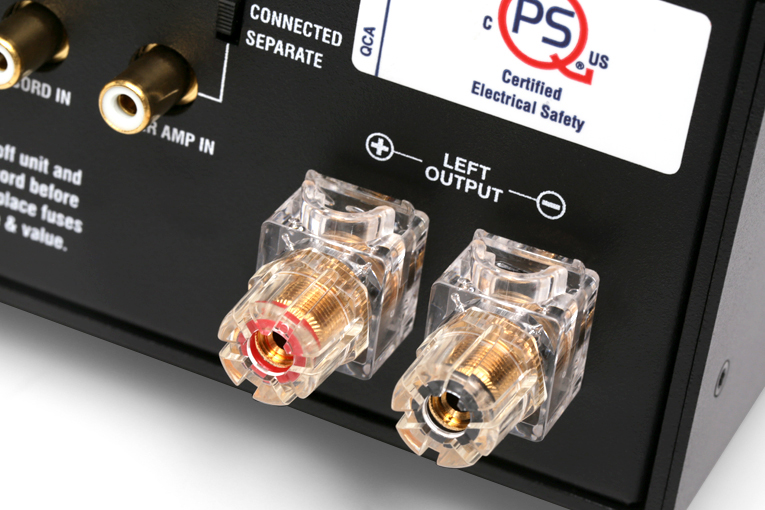
For his review, Philip used KEF R11 loudspeakers, which the B1353 easily drove. When Philip began making his notes on the sound, he was listening to Veni Domine: Advent & Christmas at the Sistine Chapel (16-bit/44.1kHz FLAC, Deutsche Grammophon/Tidal). The track he chose to highlight in the review was Pérotin’s Beata viscera Mariae Virginis, sung by the Sistine Chapel Choir directed by Massimo Palombella. According to Philip, “it sounded stunning through the Bryston B1353, which effortlessly conveyed this recording’s outstanding sound quality. Mezzo-soprano Cecilia Bartoli is featured on this track, and her performance was mesmerizing—the B1353’s exceptional clarity and smooth, extended treble revealed her delicacy and nuance.”
Listening to this song, Philip commented on “the importance of space in this music” because, for him, “it communicates an incredible amount, both sonic and emotional.” The B1353’s flawless reproduction of this song, which allowed him to hear deep into the recording, caused Philip to declare the B1353 to be “the most transparent Bryston amplifier” he’s heard. He also stated: “With an album such as Veni Domine, I could close my eyes and imagine what it was like to be present at the Vatican when this music was recorded.” Philip also pointed out that increasing the volume level resulted in “the illusion of an even larger acoustic space” but without the “increasingly higher noise floor” that he’s heard with “lesser integrateds.”
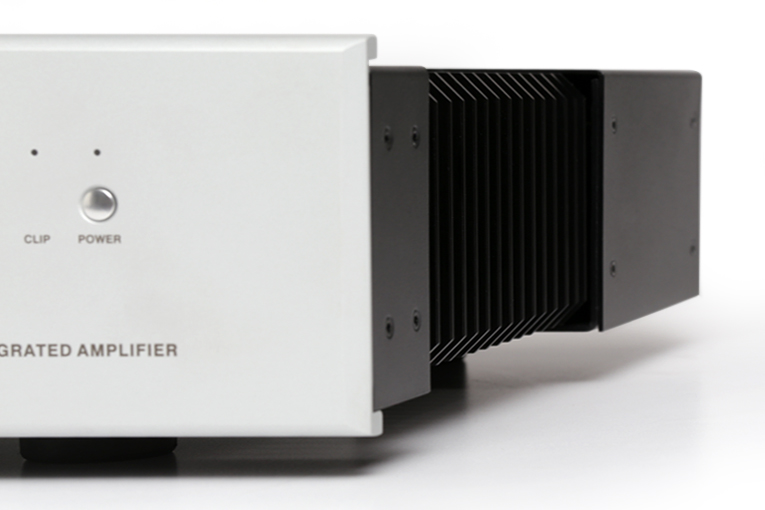
Further on in the review Philip wrote: “I could say that the B1353 had almost no audible character of its own—that what I heard was more a product of the source components, the recordings, and the speakers. KEF speakers are known for producing a precise, coherent soundstage, due at least in part to their coaxial midrange and tweeter drivers, which serve as an effective point source for much of the audioband. In this sense, the B1353 was more a conduit through which the R11s could showcase their talents—a neutral platform on which they could strut their stuff.”
Philip also played Tori Amos’s Boys for Pele (CD, EastWest Records A2 82862), which he often uses for his reviews, and described the sound he heard: “It was easy to follow the decays of the notes she plays on concert grand in ‘Horses’—they faded realistically, rather than being prematurely truncated by the amp’s noise floor. As always in her recordings, Amos’s voice is the focal point, and through the Bryston-KEF combo it was beautifully detailed and holographic, coming as close as I’ve heard it to sounding as if she sat at the keyboard only a short distance in front of me.”
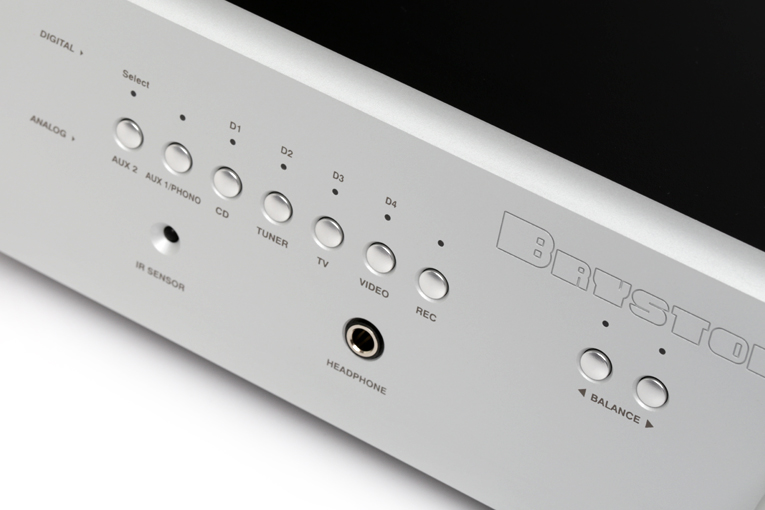
Two more tracks on Boys for Pele also gave Philip fodder for his review: “The Bryston’s transparency also meant that, in ‘Father Lucifer,’ the sound of her repeated pumping of her piano’s sustain pedal was clearly audible. This same aspect of the B1353’s sound—or lack thereof—also revealed the powerful dynamic contrasts in ‘Caught a Lite Sneeze.’ The percussion in this track isn’t overpowering but does have some clout, and that was clearly resolved and evenly balanced as its rhythm propelled the track.”
Philip used other music tracks as examples to illustrate the B1353’s superb transparency and resulting musical honesty, and he also compared the B1353 to his B135 SST2, pointing out in his review that the two integrated amps “have the same power output and virtually identical feature sets.” But their sounds weren’t the same. Philip noted that the B135 SST2 is “still one of the quietest integrateds” he’s heard, but that “the B1353 seemed quieter still.” Playing Tom Waits’s “Get Behind the Mule,” from his Mule Variations (CD, Anti-/Epitaph Records 86547-2), Philip wrote that “it was as though the head of the drum was stretched more tightly across the frame, sounding a bit more taut” and the “sound of a foot tapping out the beat was also more readily resolved through the B1353.” With Amos’s “Caught a Lite Sneeze,” he found that “the stage was even better resolved through the newer Bryston, with even greater fluidity in the rhythm of the music.”
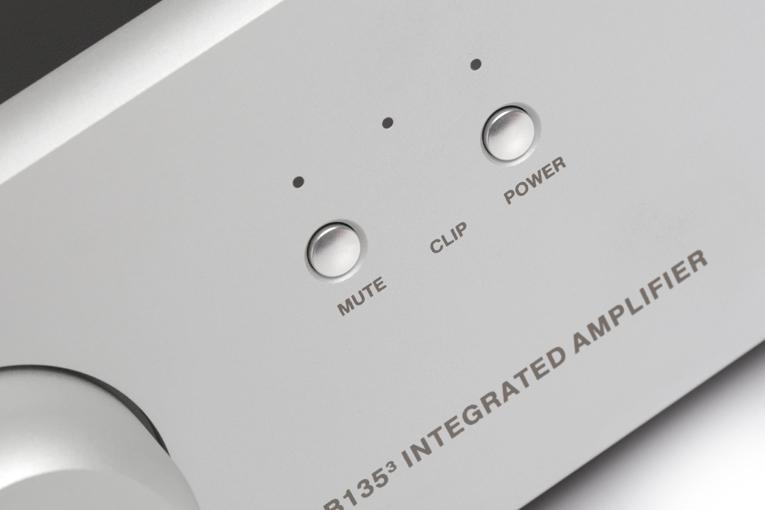
The improvements he heard when he compared the B1353 to the B135 SST2 weren’t, as Philip put it, “the kinds of differences that will make B135 SST2 owners run out and sell their amps—the gap in performance was no gulf.” But in wrapping up his review, Philip stressed that even though there was “a bigger leap in price over the B135 SST2” than there had been from the B100 SST to the B135 SST2, he was “surprised” to find an even greater leap in the sound quality with the B1353. Philip added: “Its sound was even more musical than that of the B135 SST2.” The consistently high praise in Philip’s review left our team in no doubt that the B1353 deserved a Reviewers’ Choice award when the review was published and that it merits Recommended Reference Component recognition now.
Manufacturer contact information:
Bryston Ltd.
677 Neal Drive
Peterborough, Ontario K9J 6X7
Canada
Phone: (800) 632-8217, (705) 742-5325
Fax: (705) 742-0882
Website: www.bryston.com






















